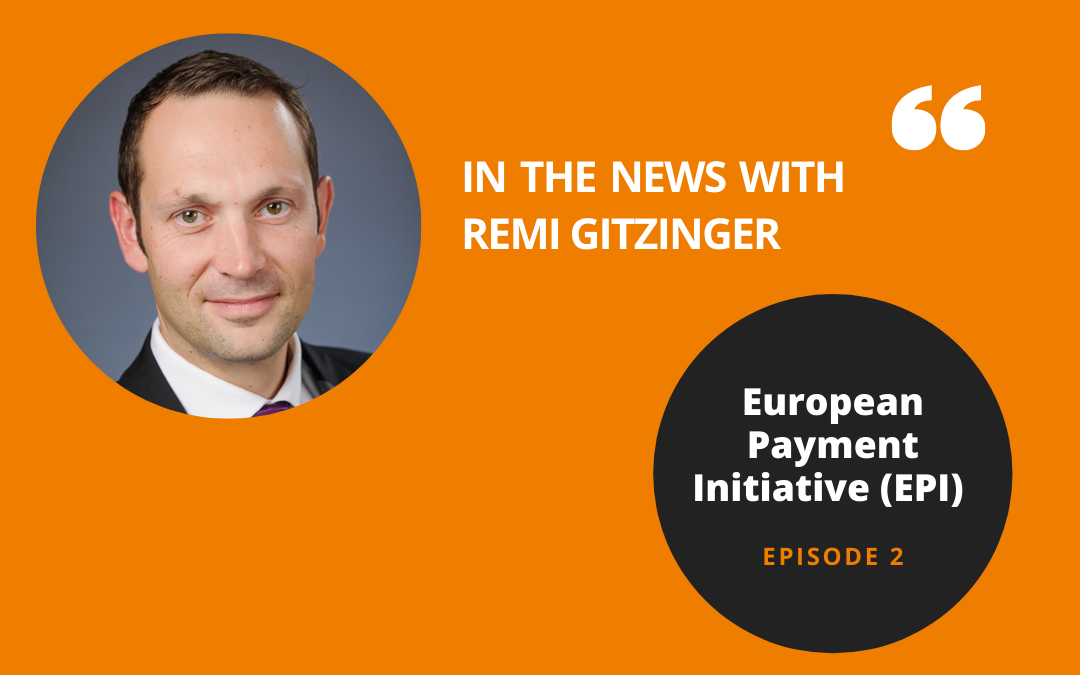EPI – Episode 2: Conquering the IP rail

Previously, in Episode 1
The official launch of EPI will accelerate the movement towards hybridization of payments and foster the emergence of the underlying technology that is now called Sepa Credit Transfer Instant Payment (SCT IP). This will result in massifying SCT-IP transaction processing and reinforcing the consolidation of the market for payment transaction processors. One rail, how many locomotives?
Banks facing the scissor effect
Low interest rates, high equity capital requirements, competition from Fintech and the health crisis are weighing on margins (Santander posted its first quarterly loss in 163 years). Revenues from payments, especially electronic payments, which were once comfortable, are not spared from the competitive pressure that has been exacerbated in recent years. Attacked in the payment service provider (PSP) acceptance market as a result of the DSP1, and now faced with neo-banks and Fintech in the cardholder market under the DSP2, margins are shrinking for Banks as their activity requires constant investment to keep pace with behavioral, technological and regulatory changes. The sums that will have to be committed for EPI will force all participating (and non-participating) banks to rethink their existing payment systems and embark on a new wave of restructuring in payments. While the new TPC-IP processing platforms will be one of the essential elements that will make up these future systems, it is more than likely that existing electronic payment systems will be left out of the picture in favor of new, natively APIized platforms. Few banks can afford to embark on this new adventure on their own, and new alliances and partnerships will emerge in the coming months. The result will be a completely new payments landscape, with some banks focusing on the construction of new shared platforms, while others will prefer to outsource and entrust their management to PSPs.
Payment Service Providers, extreme concentration
Fiserv and First Data, FIS and Worldpay, Global Payments and TSYS, Worldline and SIX Payments then Ingenico: the size of the mega-mergers of publishers and payment service providers has reached its peak over the last two years in Europe and North America. The international Visa and Mastercard networks are not to be outdone. Ethoca, vyze, transactis, nets, vocalink for Mastercard, cardinal, Fraedom, Rambus, payworks, Plaid for Visa: these are the numerous targets acquired since 2017 on perimeters ranging from interbank clearing, to corporate billing services, through the fight against fraud and open-banking. Faced with this extreme concentration of American players, European banks are faced with a very limited choice if they wish to remain in the approach that has driven the spirit of this initiative: European technological independence. In order to simplify research, the European players to whom they could have turn to have formed the European Digital Payments Industry Alliance (the EDPIA). Worldline, Ingenico, SIA, nexi and nets intend to respond to this call from the European Union to create a single European market for digital payments. Who else is left in the picture?



